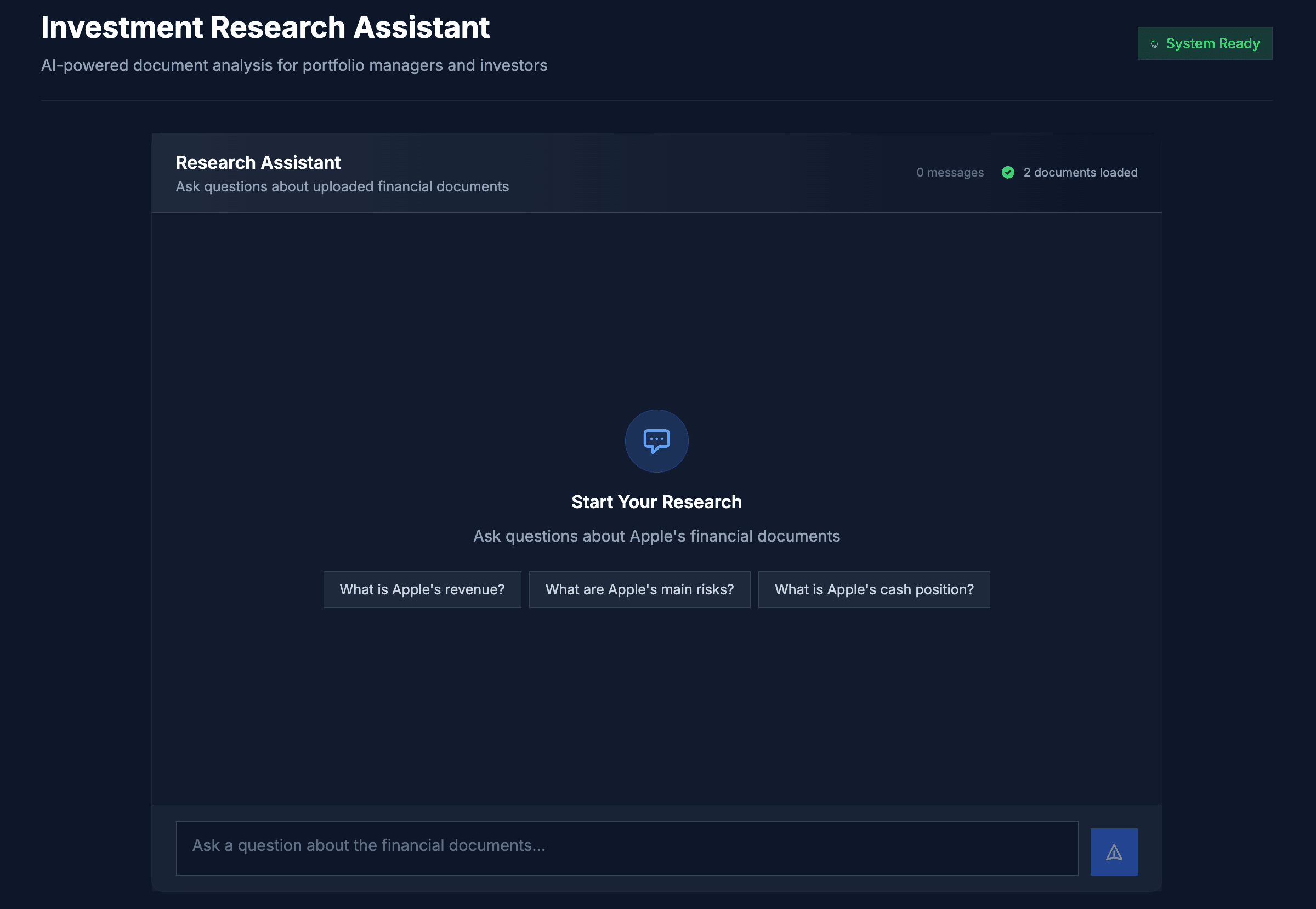Enhanced RAG Capabilities: Deploy RAG functionality to a production environment with sufficient resources (e.g., Railway with larger build limits, or dedicated vector database service like Pinecone). Expand document corpus to include more supplier policies, category specifications, and historical pricing data.
Multi-Tenant Support: Add tenant isolation for multi-customer deployments, enabling SaaS-style architecture where multiple e-commerce platforms can use the same infrastructure.
Advanced Governance Rules: Expand governance engine with ML-based anomaly detection, dynamic margin optimization based on market conditions, and competitor price monitoring integration.
Real-Time Event Streaming: Implement WebSocket support for real-time dashboard updates and event notifications, replacing current polling-based approach.
Extended Agent Capabilities: Add more specialized agents (e.g., Inventory Agent for stock optimization, Supplier Relationship Agent for communication, Compliance Agent for regulatory checks).
Production Database Migration: Migrate from SQLite to PostgreSQL for better concurrent access, scalability, and production reliability.
Enhanced Observability: Add distributed tracing (e.g., OpenTelemetry), performance monitoring (e.g., DataDog, New Relic), and advanced cost analytics with budget alerts.





